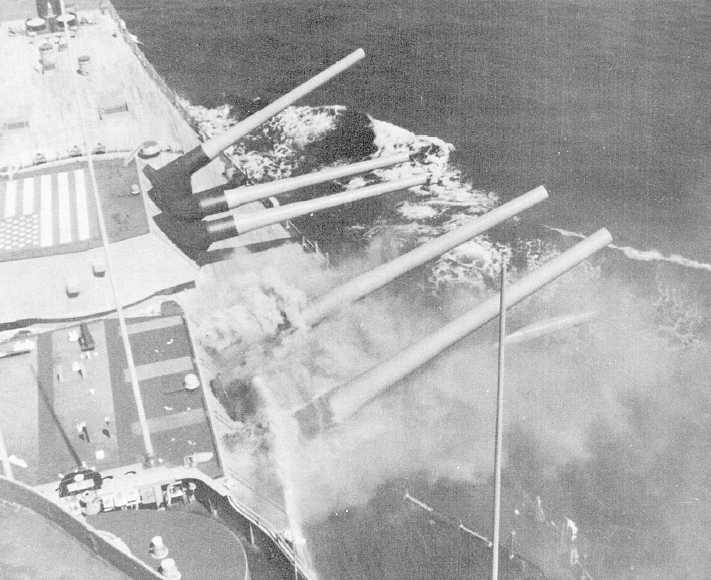USS IOWA
Lt. Russ Greer (CINCLANTFLT PAO) details
the public affairs response to the USS Iowa
tragedy in 1989 as follows:
The explosion and fire that killed 47 sailors
aboard the USS Iowa (BB 61) (fig. 2-1) on the
morning of April 19, 1989, produced a classic
crisis for Navy public affairs.
In the confusion of the first reports, there was
immense pressure from the media, the public and
Congress to learn the names of the dead and
injured. Next came the return of the ship itself. A
memorial service followed, attended by President
Bush, and then the investigation began with
extensive speculation
in the media about the cause of the tragedy.
For public affairs professionals, the pattern of
the crisis has become all too familiar in recent
years with the USS Stark, USS Samuel B.
Roberts, USS Bonefish and USS Vincennes
incidents providing textbook paradigms.
The lessons learned from the USS Iowa
disaster include the following:
Have a written public affairs emergency
reaction plan and practice it. The plan should
deal chiefly with the physical tools you need to
handle a crisis, such as telephones, extra
personnel, transportation, communications, and so
forth.
174.131
Figure 2-1.—USS Iowa (BB 61) explosion and fire, April 19, 1989. (Official U.S. Navy photograph by Lt. Thomas Jarrell)
2-3



